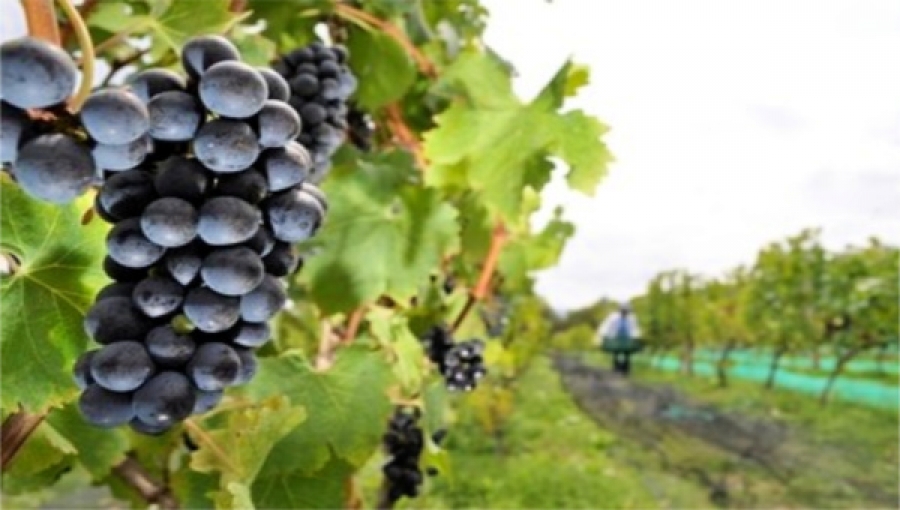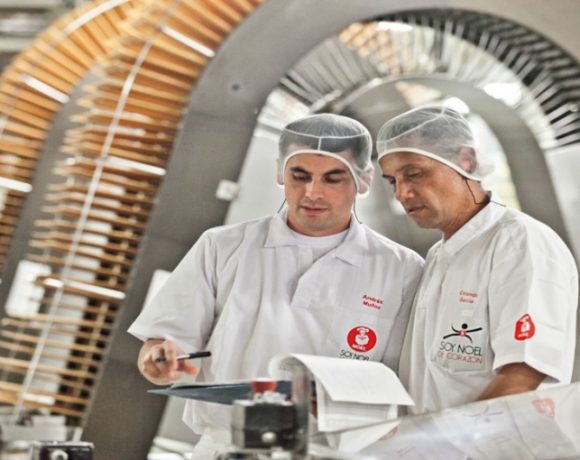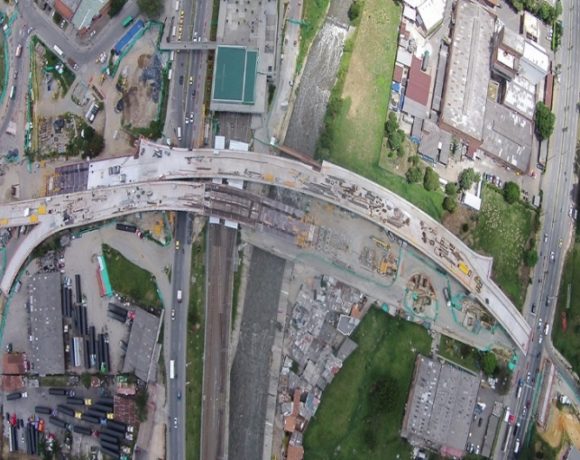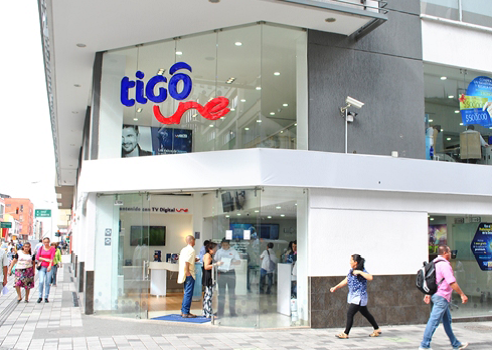Wine Production, Appreciation, Business Growing in Antioquia, Valle del Cauca, Boyaca, Santander

Medellin’s annual list of wine-tasting events featuring local and international wines continues to grow — along with workshops led by leading producers and marketers.
One such event here on October 20 — organized by local daily newspaper El Colombiano — featured a lecture by Carlos Bravo, owner and founder of the “Viña Sicilia” vineyard and production facility at Olaya, Antioquia ( about 15 minutes from Santa Fe de Antioquia).
Viña Sicilia is a boutique grower and producer, making only about 4,000 bottles per year of its most famous, award-winning “Bianco” white wine, a 50-50-blend of “grillo” and “catarratto” grapes that trace their origins from Italy’s Sicily region, Bravo explained here.
This wine just won a “double gold” award at the August 2018 annual “Vinus” competition in Mendoza, Argentina, where producers from 17 nations put their wines through blind tastings for 63 international judges, he explained.
That was just the latest of 64 international prizes for various Viña Sicilia wines this year, following 43 prizes in 2017 and 22 in 2016, he added. Besides “Bianco,” Viña Sicilia also produces Malbec, rose, Syrah and late-harvest varieties.
While the ambient temperatures around Viña Sicilia are relatively hot and dry — the terrain is at just 550 meters above sea level and not far from the equator – the nearly complete “Hidroituango” hydroelectric dam is now raising the water level of the Cauca River adjacent to the vineyard.
This vertical and horizontal rise in Cauca water levels next to Viña Sicilia likely will drop average ambient temperatures by about 2 degrees Celsius, hence favoring the evolution of wine grapes, he said.
Also favoring production of finer wine-quality grapes is the sedimentary nature of the local soils — left by thousands of years of rising and falling Cauca water levels — as well as a relatively high luminosity enhanced by reflected sunlight off the waters, he said.
Meanwhile, with each year that passes, Colombia’s wine growers are gaining more experience, raising hopes that Colombia might one day be better known for producing several world-class wines, he added.
Villa de Leyva Wineries
Meanwhile, Boyaca boasts a growing number of specialist vineyards and wine producers, with two of them in the vicinity of the picturesque town of Villa de Leyva.
One of these is Viñedo Ain Karim, producers of the “Marques de Villa de Leyva” brand wines, including Cabernet Sauvignon, Sauvignon Blanc and Merlot varieties — with vines imported from France — as well as a Chardonnay from grapevines that came from California’s Napa Valley, according to the company.
“Ain Karim is an unusual vineyard, at 2,110 meters above sea level, nestled in the Andes mountain range,” according to the owners. “This place — with ideal microclimate and calcareous [chalky] soil, with very high solar radiation and low temperatures at night — incorporates a wine tradition from the colonial days, when the Spanish friars cultivated vines to make their own wines [for Catholic masses],” according to Ain Karim.
Meanwhile, the neighboring “Umaña Dajud” winery in nearby Sáchica – with vineyards at just-above 2,000 meters – has six hectares devoted to Cabernet Sauvignon (red and rose varieties) with most of the vines coming from France, according to the owner.
Another two hectares at Umaña Dajud are devoted to recently planted vines for a France-derived Chardonnay, but these aren’t yet in production, the company added.
Elsewhere in Boyacá is the relatively large “Marqués de Puntalarga” winery at the little town of Nobsa, specializing in Pinot Noir and Riesling varieties — thanks to its climate and soil conditions.
The “Rubi” and “Coral” Pinot noir varieties trace their vine origins to Borgoña, France, first planted at the Puntalarga winery in 1984, according to the owner.
As for the two types of Riesling wines, these grapes trace their origins to the Rhine Valley in Germany, also first planted at Puntalarga in 1984. Yet another novel wine offered at Puntalarga is a “Boyacau Nouveau” variety similar to Beaujolais, according to the owner.
Meanwhile, Puntalarga is organizing a consortium of 35 small grape producers in the nearby “Valle del Sol” area, aiming to expand total production capacity for Pinot noir, Riesling and Silvaner varieties.
Casa Grajales: Large-Volume Producer
Elsewhere, near Cali (Colombia’s third-largest city), Casa Grajales — Colombia’s biggest-volume marketer of both imported and locally produced wines – is now offering 27 national wine varieties and 17 imports, according to the company
“Using a combination of imported must (wine-grape juice) and locally produced grapes, we have been making wines since 1978, when we produced 1 million bottles that year, in 13 varieties,” according to Grajales.
Today, Grajales boasts of 4 million bottles/year of local wine production capacity, with 10 million bottles/year of total bottling capacity, plus 3,000 hectares of proprietary grape and fruit production as well as 1,300 employees.
Grajales offers five Colombia-produced wines under the “Valtier” brand: two whites including “Vino Blanco Semi-Seco” and “Vino Blanco Seco;” one rose dubbed “Vino Rose Semi-Seco;” and one red: “Vino Tinto Semi-Seco.”
Under its separate “Reservado” brand, Grajales offers two types: a white “Vino Blanco Seco” and a red “Vino Tinto Seco.”
Under its generic “Tinto” brand, Grajales also offers what it calls a “classic” red table wine, while its “Rose” generic brand is described as a “classic” table wine.
The company also makes four cooking wines (red and white varieties) as well as five fairly sweet wines (red and white) for the Catholic mass, plus two “fruit wines” (apple and peach, both sweet) and three other very sweet wines including a Moscatel variety.
Rounding-out the Grajales offer of nationally produced wines are two sparkling wines and two “Don Luis” branded premium wines.
Santander Wineries
Colombia’s other two wineries are both very small, and both in Santander: Viñedo Sierra Morena, maker of the “Perú de La Croix” red wines, and the nearby Viña Aldana, which combines boutique red-wine making with an “eco-oriented” hotel, according to the owner.
















